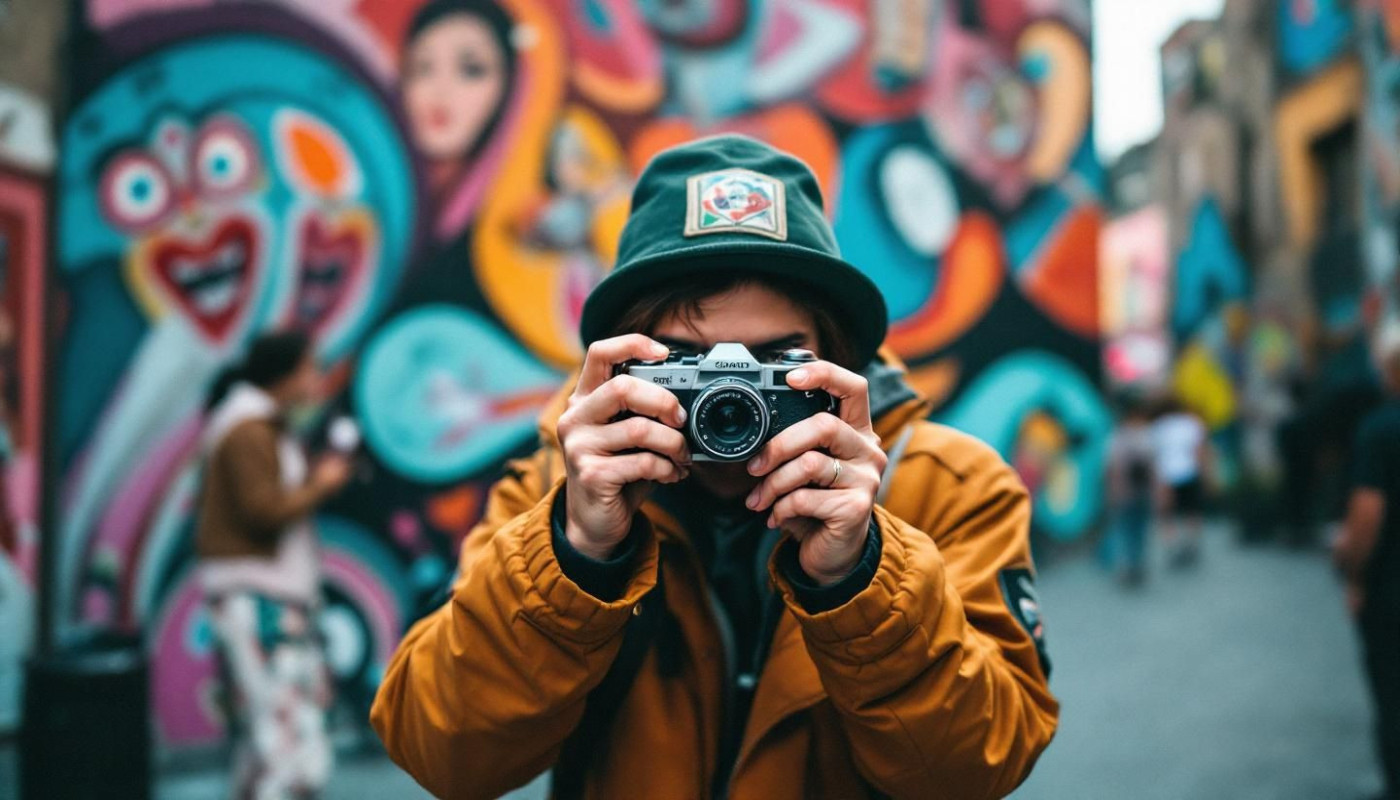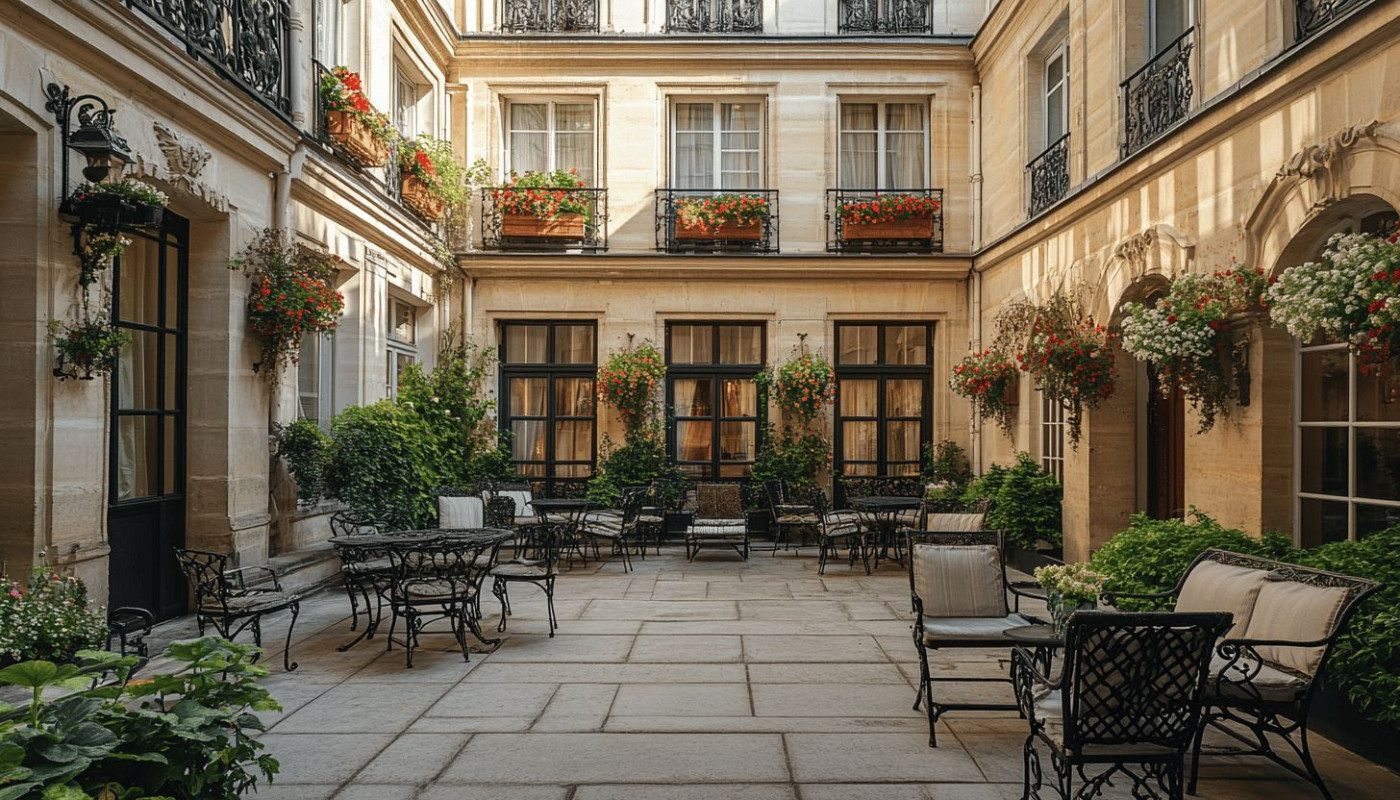Table of contents
Urban landscapes are filled with hidden treasures just waiting to be uncovered. Moving beyond the usual tourist paths, there are vibrant districts and quiet corners that offer experiences rich in culture, history, and community spirit. Embark on a journey to reveal these unique neighborhood gems and discover why every city is more than meets the eye.
Unearthing hidden local treasures
Urban neighborhoods are rich with opportunities for local exploration, often concealing hidden gems that escape the notice of tourists and even many residents. These secret spots include eccentric boutiques, artist-run galleries, and bustling markets, each contributing to the unique placemaking that defines a district's identity. Rather than focusing solely on the main attractions, urban explorers are encouraged to delve into side streets and lesser-known squares, where the true city culture is most vibrantly expressed. By seeking out affordable boutique hotels in Paris, travelers position themselves in the heart of these dynamic environments, gaining easy access to the neighborhood's most authentic experiences and fostering a deeper connection with the city's evolving character.
Immersing in cultural enclaves
Exploring cultural neighborhoods reveals a vibrant tapestry of urban diversity, where ethnic enclaves, artisan quarters, and historic communities all blend to form a city's unique cultural landscape. These areas often serve as living museums, preserving traditions, languages, and architectural styles that have been handed down through generations. City exploration in such districts offers deeper insight into the complex identity of a metropolis, highlighting the significance of cultural heritage in shaping urban experiences. Engaging with local residents and witnessing daily rituals fosters a greater appreciation of the social fabric that defines these spaces.
Participation in community events and festivals allows urban explorers to connect authentically with regional customs. Attendees may observe traditional dances, music, and ceremonies that are seldom seen outside these neighborhoods, with residents frequently eager to share their stories and explain the meaning behind these practices. This interaction not only enhances individual understanding but also strengthens communal bonds, reinforcing the value and resilience of the cultural landscape amidst rapid urban change. Such encounters reveal how neighborhood traditions continue to thrive, even as cities modernize.
Sampling local cuisine in ethnic enclaves further enriches the exploration experience, offering a sensory journey through diverse flavors and culinary techniques. Family-run eateries and bustling street markets provide dishes that reflect the origins and migration histories of their communities, often using ingredients and recipes maintained for centuries. Urban diversity is celebrated in these culinary hotspots, which attract both adventurous locals and visitors seeking a taste of authenticity. These immersive experiences underscore how cultural neighborhoods contribute to the ever-evolving mosaic that defines contemporary city life.
Discovering architectural marvels
Urban neighborhoods offer an impressive variety of architectural marvels, reflecting centuries of cultural shifts and innovation. From ornate historic buildings showcasing classical facades and intricate detailing to sleek contemporary structures characterized by glass and steel, this architectural heritage narrates the evolution of neighborhood history. Embarking on an architecture tour exposes residents and visitors alike to city landmarks that embody distinctive periods, materials, and urban design philosophies. Walking through these areas, it becomes evident how each style tells a different chapter of the city’s story; for example, Victorian row houses stand in contrast to mid-century modern apartment blocks, both coexisting and contributing to the city’s visual identity. These layers of design enrich the urban environment, and appreciating them deepens understanding of how neighborhood history is shaped by broader architectural trends and the visionaries who brought them to life.
Engaging with local creatives
Exploring the local art scene often reveals a tapestry of public art, street murals, and independent galleries that transform ordinary neighborhoods into vibrant cultural destinations. Community-driven projects, led by neighborhood creatives, infuse familiar streets with color and meaning, making urban art a powerful force in both beautification and social connection. These murals do more than decorate walls; they narrate stories, honor heritage, and invite passersby to pause and reflect. Such visual landmarks foster pride among residents and spark curiosity among visitors, creating a shared sense of belonging.
Opportunities abound for urban explorers to engage directly with the creators behind these striking works. Independent galleries regularly host exhibitions, workshops, and open studios that allow residents and visitors to interact with artists, learn about their creative process, and support inventive initiatives. Whether attending a street mural unveiling or participating in a community art walk, these experiences deepen appreciation for the neighborhood creatives who shape the urban environment. Supporting local art scene endeavors not only sustains public art initiatives but also cultivates thriving, interconnected communities where creativity flourishes.
Exploring community green spaces
Urban green spaces such as pocket parks, rooftop gardens, and community gardens play a transformative role in city environments, offering much-needed urban retreat and fostering city nature in the heart of dense developments. As a component of green infrastructure, these spaces provide not only aesthetic value but also measurable benefits for mental and physical health by offering residents accessible areas for relaxation and recreation. In many neighborhoods, pocket parks serve as quiet enclaves where individuals can escape city noise, while rooftop gardens introduce biodiversity and cooling effects that mitigate urban heat. Community gardens, in addition, become dynamic social hubs, encouraging collaboration and strengthening bonds among residents through shared stewardship and local events. The presence and maintenance of such urban green spaces are closely linked to enhanced well-being and stronger community cohesion, making them indispensable assets in the creation of livable, resilient cities.


